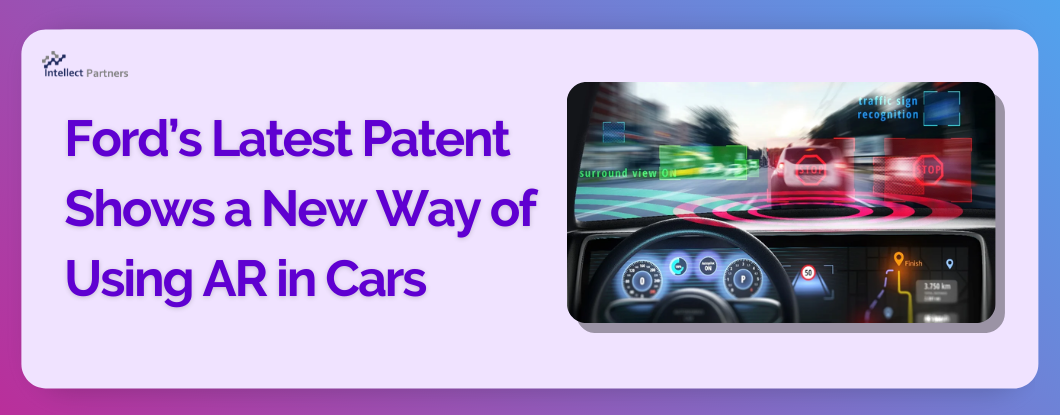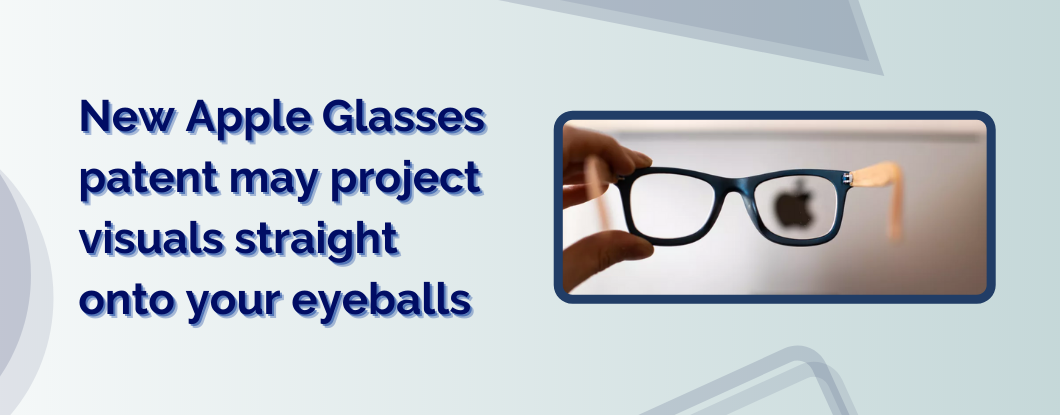Ford doesn’t have plans to stop offering more helpful tech in the market. Presently, they have thought about it as a superior method for utilizing Augmented Reality (AR) in vehicles. It could seem like a trick for now, however here’s the reason it could come up as truly cool and helpful.
If you drive a lot, you certainly had days when the road was definitely not a safe spot to be because the solar glare was extremely strong at sunrise or sunset. Add a wet road to this situation, and you’ll get a formula for the ideal disaster.
You can attempt to utilize glasses, sun visors, or simply squint your eyes, however, there are minutes when it is truly difficult to see the road properly. Ford wants to assist you with this by giving you improved augmented reality in a future vehicle of the Michigan-based producer.
While Mercedes-Benz made every one of the headlines with AR navigation presently that is now gradually advancing onto more luxury or premium vehicles, the innovation is commonly known since it was utilized in mobile games like Pokemon Go.
As indicated by a recently unveiled United States Patent and Trademark Office (USPTO) documenting, Ford has one more use for AR. The automaker plans to install this system in a car equipped with a head-up display (HUD). The organization refers to it as “User-centric Enhanced Pathway,” or UEP for short.
Ford’s new patented AR system will utilize the HUD, cameras, GPS, and radars to project on the windscreen the way that should be followed by the driver. It’s basically providing you with one more set of virtual eyes. Moreover, it will actually be able to change settings like brightness, color, and contrast all on its own to ensure the individual in the driver’s seat sees what data is being displayed to them.
The Augmented Reality framework will likewise know when it should activate on its own in light of information like the driver’s eye squint status, the speed, the area, or the weather conditions at a specific moment within the day.
This innovation isn’t restricted to vehicles or trucks, as Ford is hoping to introduce it even in vans or public transport like buses. You can observe much more specific insights regarding this new AR framework in the USPTO filing.
You should remember that patents aren’t really an assurance of production. The American carmaker simply needs to ensure its innovation is safeguarded by the law. Given the ongoing environment of things and what the future prognosis says about getting back to normal, it’s difficult to envision Ford betting everything with this at any point in the near future. For now, it’s great that they basically have it.



